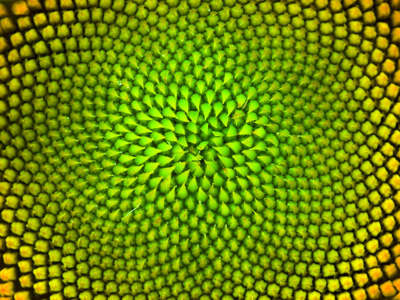
Sequences (F)
A sequence, or number pattern, is a list of numbers that follow a rule. The most basic type of sequence comes from adding (or subtracting) the same number each time, but more complex patterns can be formed by multiplying, squaring, increasing the number that is added, and so on. See how you can spot the pattern in this GCSE Maths quiz.
Trying to spot the rule in a number pattern requires a bit of detective work. First, work out the difference between consecutive terms. If the difference is always the same, then you know the rule has something to do with this times table. For example, if the difference is always 4, then the rule is linked to the 4 times table, which we write as 4n.
The next stage is to compare this times table with your number pattern. Ask yourself, what do you do to the times table to get the number pattern?
Ready for more?
not all...
quizzers. Try to win a coveted spot on our Hall of Fame Page.







